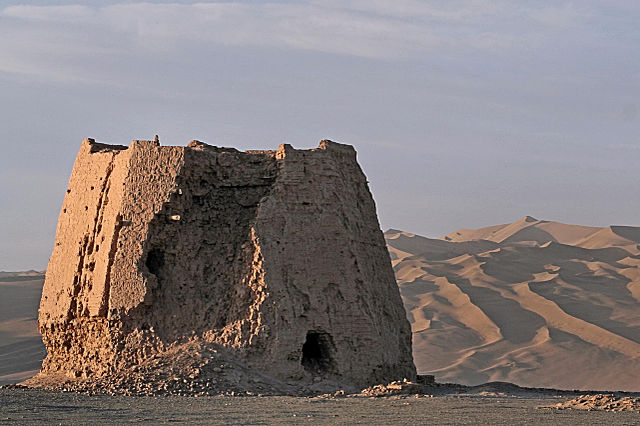The Silk Road was a by-word for rich caravans, but primarily it was the name of the network of trade routes that, in ancient times, led from China through Central Asia to Europe.
It is believed that the imperial envoy of the powerful Chinese Emperor Wu of the Han dynasty first passed through several routes which would make up the future Silk Road in the second century BC.
The emperor sent his faithful servant, Zhang Qian, to make contact with the distant tribe of Yuezhi (now in modern Tajikistan). He hoped to ally with these brave warriors in the fight against the Xiongnu, who were constantly attacking territories belonging to the Chinese Empire.
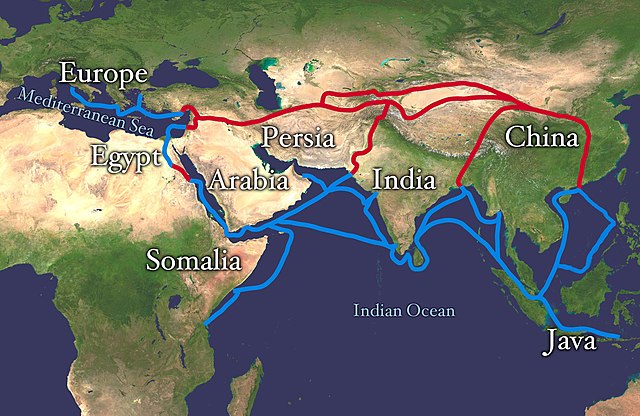
For this mission, Qian was accompanied by a group of a hundred soldiers. Unfortunately, the Xiongnu captured him. He spent ten years in captivity.
However, the Xiongnu were a nomadic people, and they did not have traditional prisons, so his imprisonment was not as we might imagine it. In fact, Qian ended up marrying one of the women of the tribe, who gave birth to a son. He also gained influence with the Xiongnu leader.
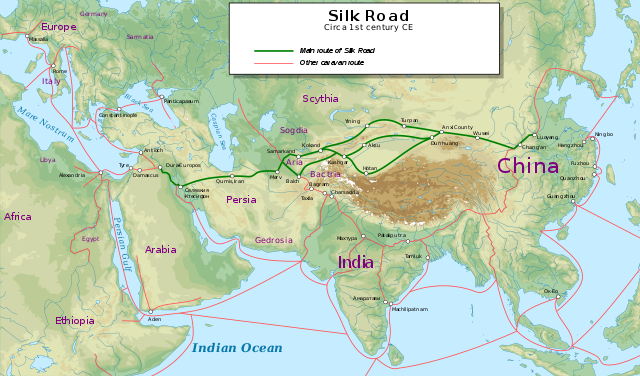
Qian had given his word to the emperor and this, to him, was as strong as a commandment; he had to strive to fulfill it for as long as he breathed. Consequently, Qian kept trying to escape for ten years, finally succeeding and managing to reach the Yuezhi.
He was met with disappointment because the Yuezhi had changed during his time in captivity; they had decided to live in peace with the neighboring tribes. Qian could not achieve anything.
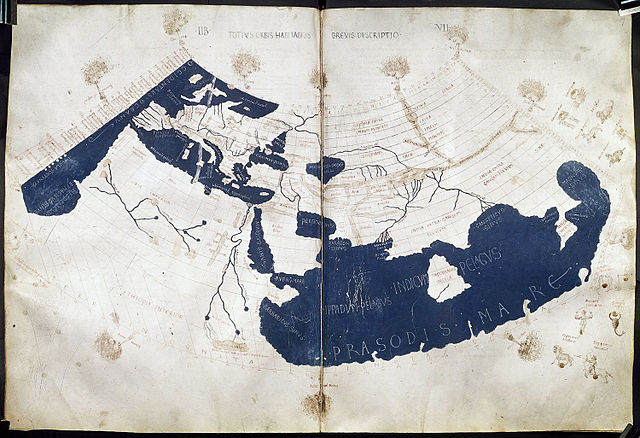
Faced with such failure, he decided to return to China, but on the way back he was again captured by the Xiongnu and brought him back to his wife and son. A year later, the ruler of the Xiongnu died, after which Qian again succeeded in escaping. This time, he returned to his homeland safely, with his family in tow.
Тhis first journey along the Silk Road had lasted for more than thirty years. Only one other man returned with Qian from his original entourage.
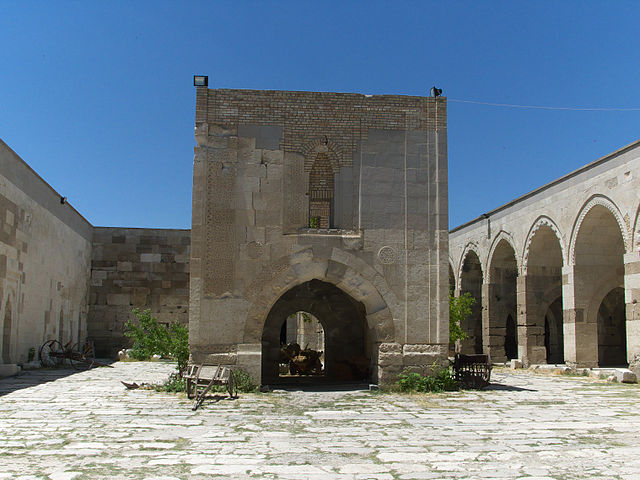
Qian related his journey to his emperor, describing the sophisticated civilizations he had encountered in the west and the unusual products that they used. He even mentioned the strong horses they possessed. The emperor was thrilled by such news and immediately ordered that routes to those lands be created.
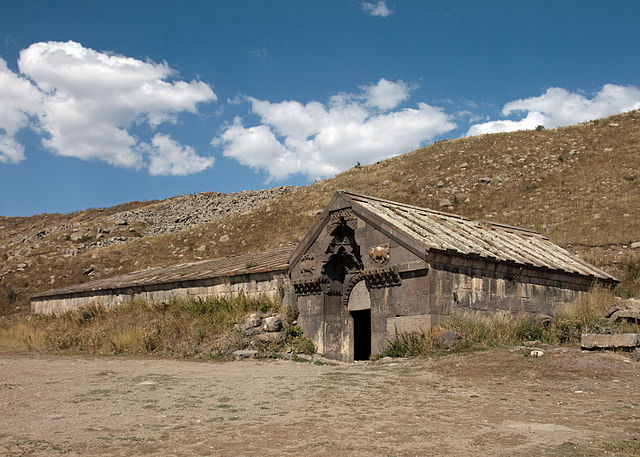
Sometime later, to the west, the mighty Roman Empire was also trying to find a way to those lands that supplied such fabulous silk. To begin with, silk in Rome was used only as a decoration; no clothes were made from it. But that soon changed, and it became an item of great value.
Wanting to get as much silk as possible, the Romans organized several conquests and expeditions to the east. But they were constantly attacked by various nomadic tribes and were unable to establish safe trade routes to the silk lands.
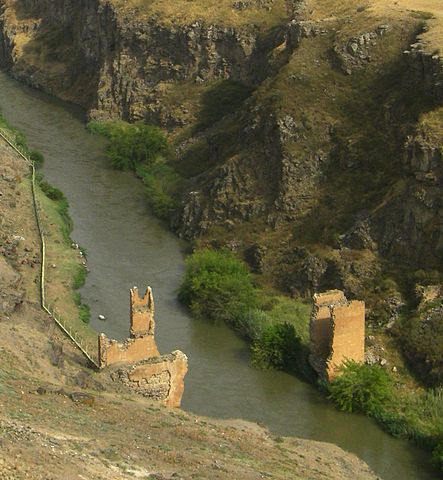
One Roman centurion had a particularly interesting journey. He had plans to reach Serica by traveling to a section of the northern route of the Silk Road which was north of the Black Sea.
Serica was what the Romans called the northern parts of China, namely those parts that were reached by the overland routes of the Silk Road in contrast with southern China and the southern parts of Asia which could be reached via maritime routes.
The first stage of his journey was to cross the Black Sea. However, he was convinced by the Parthians not to do that. They told him that sailing across the Black Sea would take him three months with a good wind but two years with adverse weather conditions.
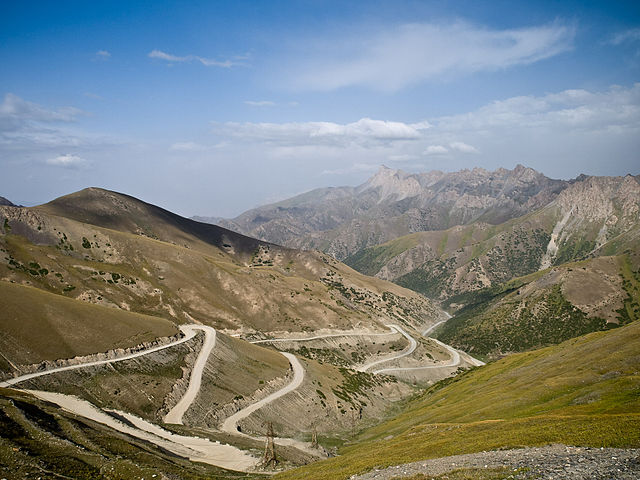
According to the Romans, Serica was located somewhere “between the lands inhabited by Scythians and India.” There were numerous incredible stories about the Seres people. Strabo wrote that they lived for 200 years. Some stories even mentioned that thanks to the air, climate, and a healthy diet (which included drinking only water), they lived for 300 years.
According to Pliny, they were people with a greater sense of fairness than other humans. They had flaxen hair, blue eyes, and strange voices. According to Tacitus, anyone who knew how to make something as precious as silk surely had high morales.
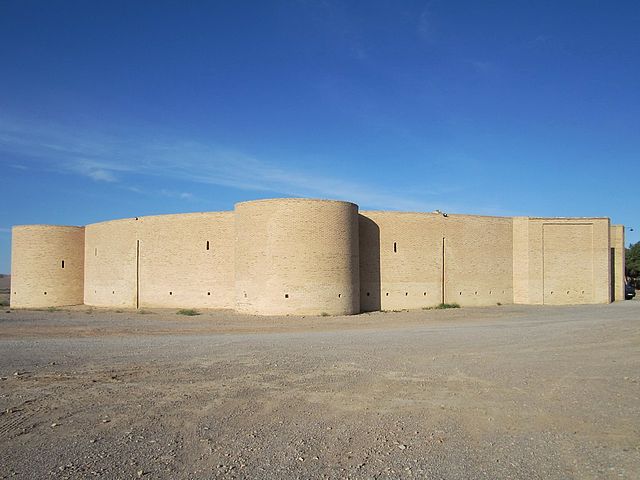
The Chinese also had a similar opinion about the Romans from whom they received such colorful glass. They thought that the Romans were miracle-makers, ruled by the royal mercy, who had a law for everything.
In the works of Chinese writers, there are descriptions of Romans as tall, olive-skinned people with long beards, all dressed in silk. This final point might have had some truth in it as the Romans were mad about silk. According to Pliny the Elder, 100 million sesterces (about 18,000 pounds of gold) flowed out of the Roman Empire each year to India, Arabia, and the Seres of the Far East for buying luxury goods, primarily silk.
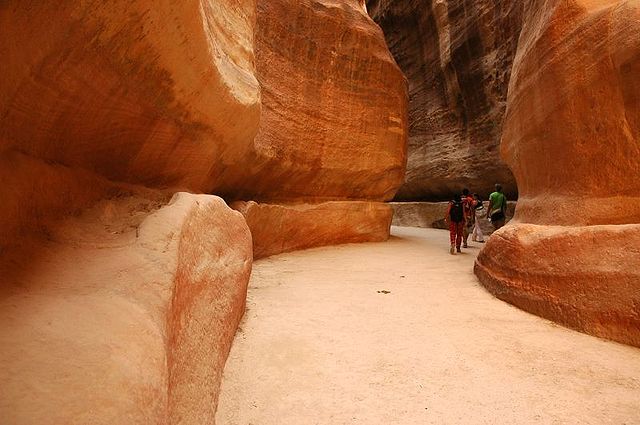
Each empire had a high opinion of the other, and they both tried to find the Silk Road which was used by smaller merchant nations and the kingdoms between them. These territories kept the Silk Road a secret. The Parthians, Kushans, and Sogdians were careful to protect their profitable role as trade intermediaries.
Obviously, the powerful empires knew about the existence of the other, but officially, their citizens never met. However, certain pieces of evidence indicated that some minor direct contact might have existed.
During the Medieval Period, the Arabs became particularly skilled in trade on the Silk Road. To preserve their favorable position, they did not allow direct trading on a large scale between the nations of the Mediterranean Basin and the nations of Central and East/Southeast Asia.
The Arabs traded cinnamon from Ceylon, black pepper from India, as well as dealing with tea, paper, sugar, pearls, and everything that one or the other region did not have.
A huge amount of money flowed into the hands of Arab merchants. Some of this was due to the fact that when a caravan passed through the Middle East, a considerable amount of money had to be paid to the Arab authorities for taxes and protection.
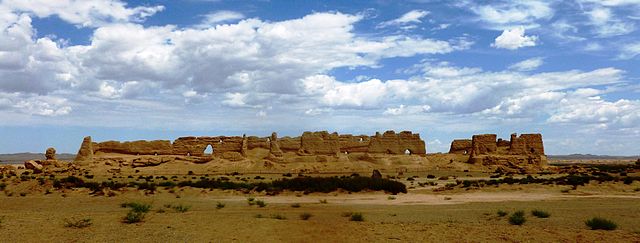
“The Silk Road” was a name coined in 1877 by Ferdinand von Richthofen. But silk or other material products were not the only things that passed along the Silk Road. Ideas, religions, customs, ways of dressing, crafts, arts, and philosophies all made the journey as well.
Another Article From Us: Soviet Town Hidden on the Edge of the Earth
The ancient world was much more globalized than modern society believes, and traces of such exchanges between the older civilizations are still visible today along the routes of the Silk Road.
